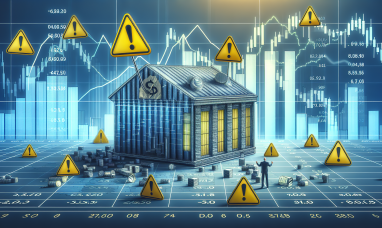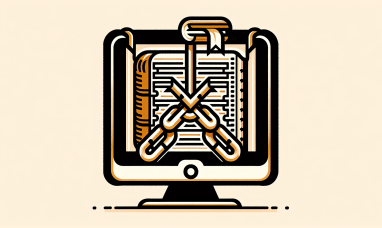As inflation inches closer to the Federal Reserve’s coveted 2% target, there is a growing chorus of expectations for a pivotal shift in policy, with hopes that interest rates might be trimmed next year, possibly as early as spring. Such a move would have wide-ranging effects, reducing borrowing costs across the economy, including mortgages, auto loans, and business borrowing. While stock prices could see a further uptick, the anticipation of rate cuts has already elevated share prices, potentially limiting further gains.
Despite these expectations, Federal Reserve Chair Jerome Powell has recently downplayed the notion that rate reductions are imminent. Ahead of this week’s meeting, where the central bank is expected to maintain its key short-term rate, Powell remains cautious about definitively ending the cycle of rate hikes. Speaking at Spelman College in Atlanta, Powell emphasized that it would be premature to confidently assert that the Fed has elevated its benchmark rate sufficiently to counteract inflation.
However, the upcoming two-day meeting, concluding on Wednesday, will mark the third consecutive occasion that the Fed has opted to leave its key rate unchanged. This trend strengthens the widespread belief that rate hikes are now a thing of the past.
The current economic landscape seems to align with the Fed’s objectives. The anticipated November inflation report is expected to reveal a slowdown in annual consumer price increases to 3.1%, a significant drop from the peak of 9.1% recorded in June 2022. Additionally, declining job openings indicate reduced pressure on companies to hire rapidly, thereby mitigating the need for substantial wage increases that could fuel inflation. Despite a more tempered pace of consumer spending, the economy continues to expand, suggesting progress toward a “soft landing,” where inflation reaches the Fed’s 2% target without triggering a recession.
This optimistic outlook marks a departure from previous thinking that defeating inflation would necessitate a severe recession and elevated unemployment. Analysts, including those at Goldman Sachs, highlight the historically unprecedented nature of falling inflation without a corresponding recession or job losses.
Austan Goolsbee, president of the Federal Reserve Bank of Chicago, suggests that the United States is on track for the fastest annual drop in inflation on record. This potential achievement could lead to a “bigger soft landing” than conventional wisdom previously believed possible.
Despite the positive indicators, caution remains. Some economists, such as Julia Coronado of MarcoPolicy Perspectives, suggest that there is a higher risk of a recession than a resurgence of inflation at current interest rates. The possibility of a rate cut in response to lower inflation, however, may take longer than expected, as the Fed is likely to exercise prudence before making such a move.
Jim Bullard, former president of the Federal Reserve Bank of St. Louis, now dean of Purdue University’s business school, emphasizes the need for caution in considering rate cuts. Premature cuts, as seen in the 1970s, could lead to complications if inflation rebounds. Bullard suggests that if the real economy continues to perform well, there may be no immediate need for rate cuts.
The Fed’s quarterly economic projections, to be released Wednesday, will include forecasts for their key rate at the end of 2024. Analysts anticipate a more conservative outlook, with fewer rate cuts penciled in than what financial markets currently expect. The timing and necessity of rate cuts, if any, will depend on the continued health of the economy and progress in achieving inflation targets.
Featured Image: Freepik















